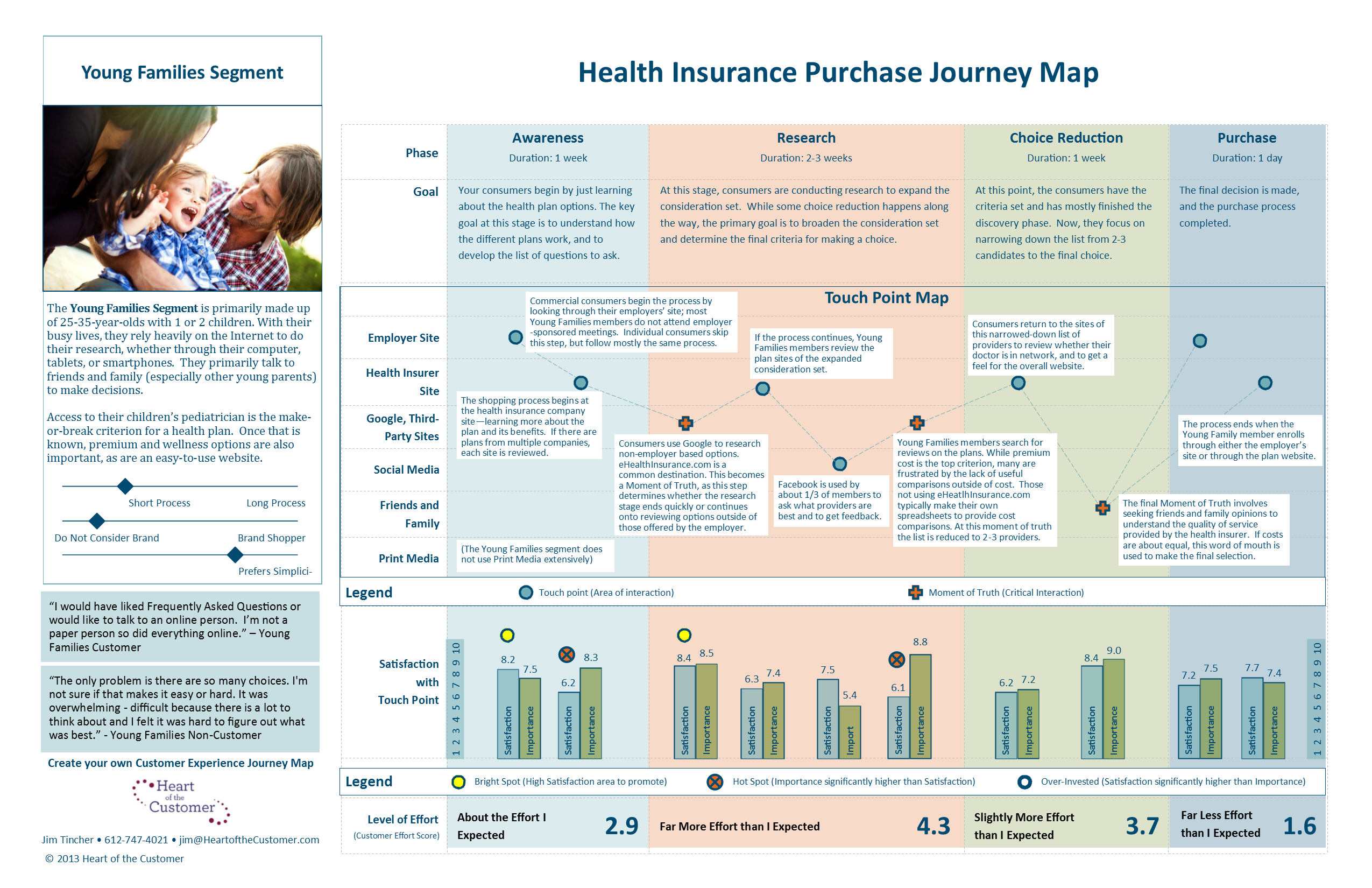
The goal of every business is to understand what its customers want – and one way to do that is through creating a customer journey.
A customer journey is a “map” – whether physically drawn out or just written out in coherent points – of the different phases of the customer experience with your business, whether you specialize in products or services.
The customer journey map can be given to employees, used to set the company vision, or shared with customers in order to help them understand how your business operates. Take a look at these 5 tips for creating your customer journey, and start today!
- Show the customer’s perspective.
Ultimately, the goal of the customer journey map is to show what the experience of your business is like for the customers – therefore, take time to show how customers will be thinking or feeling at a certain point. Divide each customer’s “experience” into phases, and explain what is supposed to happen at each phase and how customers should feel about that.
- Represent different customers differently.
Since you most likely have different products or services that appeal to different clients, represent these in the customer journey map. Show each individual segment with its own journey, in order to differentiate between the segments.
- Include goals.
For each phase of your customer’s experience, include the goals for both you and your clients. This can be anything from what you want to offer as a business to what you expect your clients to do. This also helps you focus your company vision and create an ideal journey, so you can work to meet that in reality.
- Highlight points of communication.
At certain points in the journey map, specify key interactions between the customer and the business. This helps you and your customers understand the channels of communication that will be operating throughout the customer experience, and specifies who they can talk to at what time.
- Be detailed.
Include details such as time – how long each phase of the customer journey should be and how long each interaction should take. You can also include research such as facts and surveys to highlight the applications of the customer experience in reality.
For an example of a customer journey map, take a look at this map:

created by Heart of the Customer, an organization that focuses on helping businesses create the ideal customer experience.
